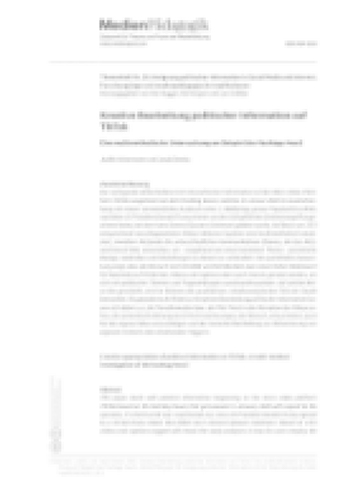Abstract
VIRT.UM (Virtual Environmental Science)1 is an internet-based learning environment designed to teach students the basics of environmental science. VIRT.UM helps students prepare for the mandatory entrance interview, which is a prerequisite for studying environmental sciences. VIRT.UM integrates value-added components of learning with new media: visualisations and practical examples from the environmental sciences demonstrate the learning material. Scientific basics are linked with case studies from the environmental sciences to promote the students' interest in learning. VIRT.UM supports different learning styles: there are the redundant learning channels "reading" (text modules), "seeing" (flash animations) and "doing" (interactive exercises, tests). In an evaluation with 55 students of environmental sciences, questions were asked about motivation, interest, understanding of the learning material and learning preferences. 32 questionnaires were evaluated. It was found that a large proportion of the students were strongly motivated to learn with VIRT.UM. Motivated students spent much more time with VIRT.UM than students who were not motivated. This is partly due to the novelty effect. However, it was shown that only genuine interest in the topics given in VIRT.UM led to an understanding of the learning material and this was independent of learning motivation. Learning satisfaction, on the other hand, occurred when the students knew what was relevant to the examination at the end of working with VIRT.UM. Visualising the content with the help of Flash animations and demonstrating it with environmental science examples increased the students' interest in learning.

